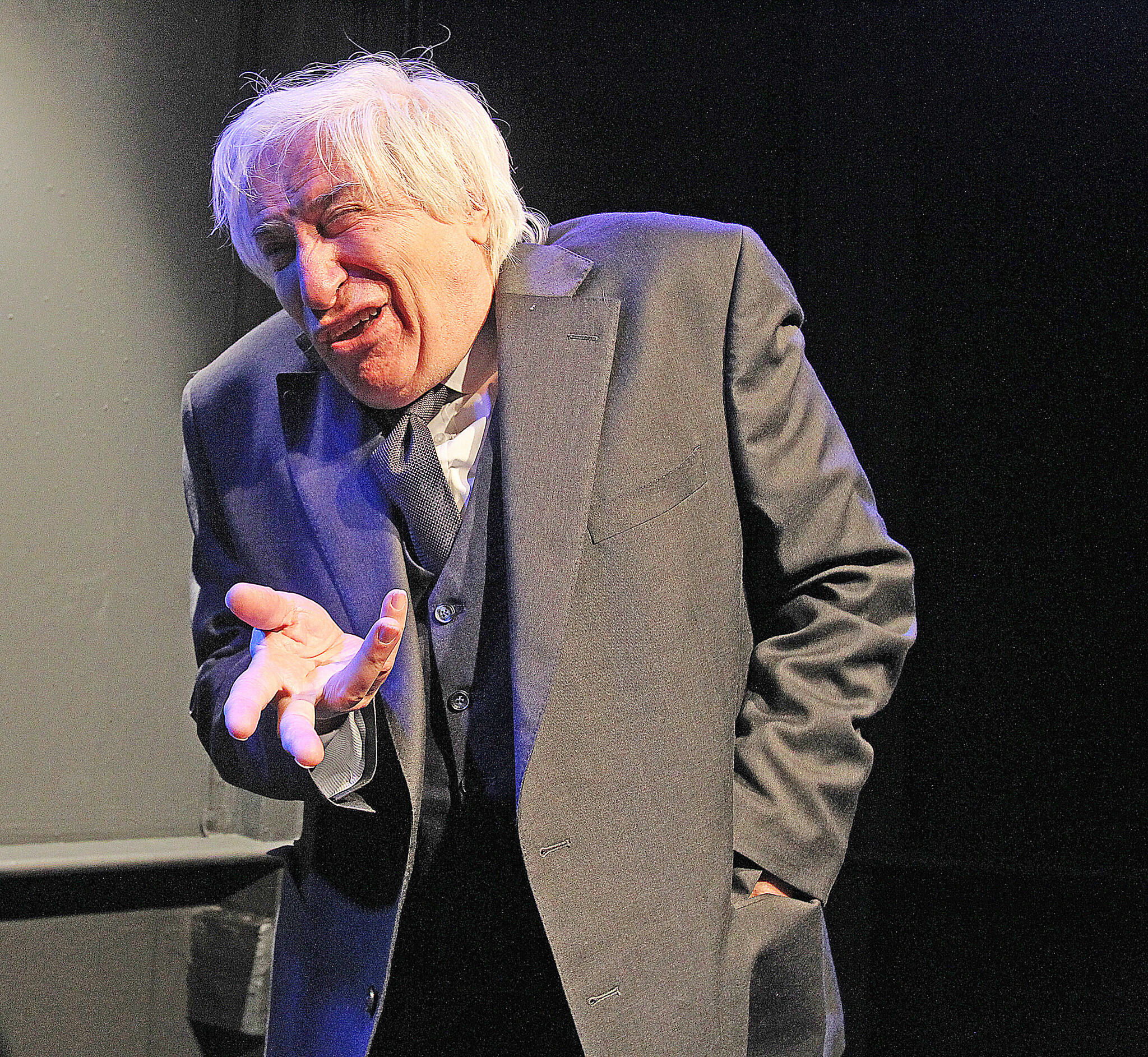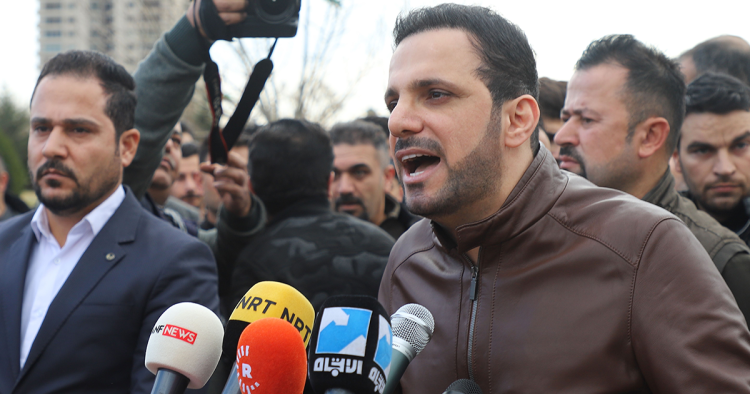Christopher Keating, Hartford Courant on Jun 21, 2024
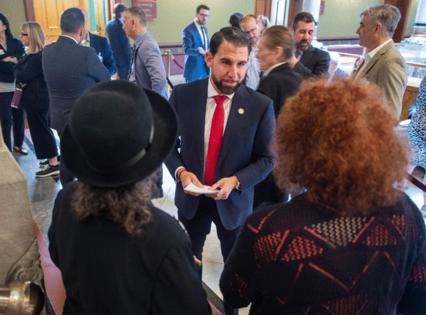
HARTFORD, Conn. — It all started with a fight in prison.
Paul Cicarella was working in December 2008 as a prison guard at the Hartford Correctional Center, about 10 minutes away from the State Capitol.
A brawl broke out among two unruly inmates, and seven correctional officers — with Cicarella first on the scene — jumped in to break up the fight. During the scuffle, Cicarella slipped on a wet floor and fell to the ground. That night turned out to be his final shift on the job as he was injured and never returned to work as a correction officer.
The incident also started a nearly 16-year odyssey that continues to this day as Cicarella has navigated worker’s compensation payments and a lifelong state disability pension.
Soon after becoming a Republican state senator in 2021, Cicarella received $412,000 in 2022, making him the top-paid Connecticut state employee for pensions. The total included retroactive payments for years when his payments stopped because the Medical Examining Board said he was not permanently disabled.
Now, Democrats are calling for an investigation into Cicarella’s receipt of payments after questions were raised by Hearst Connecticut Media that he received $123,000 in workers’ compensation payments over 4 1/2 years at a time when he had other employment: a job as a high school wrestling coach, his business as a private investigator, and co-ownership of a three-family home that he bought with his father and still owns.
But Cicarella says he did nothing wrong. He showed portions of his federal tax returns to the Hartford Courant that showed he lost $8,865 from his private investigation business in 2011, gained $425 from both the multifamily home and private business in 2012 and lost $14,412 combined between the multifamily home and the business in 2013.
He also released an email saying that he received a stipend of less than $5,000 per year during seven years as a wrestling coach at East Haven High School. He released a second email from the athletic director from 2012 that said, “This is primarily an administrative position, as Coach Cicarella is unable to participate in contact activities due to a back injury sustained while working as a correctional officer. … To the best of my knowledge, Paul never wrestles with the students.”
Cicarella, 40, strongly maintains his innocence and says he will be proven correct.
“The simplest way to say it is I did nothing wrong. Nothing,” Cicarella told the Courant in an interview. “I disclosed everything that was going on in my life to whoever I was talking to at the time. No one told me to do anything different. … From the facts I see in front of me, I did nothing wrong at all.”
But longtime state Democratic Party chairwoman Nancy DiNardo has called for an investigation into Cicarella’s payments, saying that they raise questions.
“Worker’s compensation is intended to replace income for people injured on the job who cannot work, not to provide additional income for people who can continue to earn a living,” DiNardo said.
She added, “If the facts outlined in the June 12 CT Insider story are accurate, Senator Cicarella’s activity should be investigated further. Public servants who violate the public trust are not above the law.”
The North Haven Democratic Town Committee is also calling for a criminal investigation
“The integrity of our public officials is paramount,” said Lori Mansur, the town committee’s chairwoman. “These revelations suggest a clear violation of the law and a breach of public trust. We urge State’s Attorney (John) Doyle to conduct a thorough investigation into Senator Cicarella’s actions.”
With less than five months before Election Day, Cicarella said he expects the issue will be raised during the upcoming campaign in the 34th Senate district, which covers his hometown of North Haven, along with East Haven, Durham, North Branford, and Wallingford.
“I have nothing to hide,” he said. “I don’t know what there would be to investigate.”
Cicarella is running against Brandi Mandato, a Democrat who describes herself as the oldest of eight children who has more than 20 years of experience in workforce and economic development. While she has never run for office and did not have longtime political aspirations, she is a co-founder of North Haven Pride and has pushed for abortion rights, alleviating poverty, improving health care, and ending mass incarceration. She said she will be talking about the issues, and local voters will decide about Cicarella’s situation.
“I think that the public will make a decision based on who they want representing them in Hartford, and I have a record of fighting for more than 20 years for workers and learners outside of politics, and so I hope that is the reason that folks make a decision about voting for me in November,” Mandato told the Courant. “At the same time, the public deserves transparency into how our elected officials are using their public office, and they have a right to demand that that office be used to serve the people of district 34 and the people of Connecticut. If our systems are broken, they need to be investigated and reformed.”
Regarding the political race, Cicarella said it is out of his hands.
“I did not hide anything,” Cicarelli said. “I don’t think it will have an effect on my election.”
Car accident
During the long-running controversy with the disability payments, Cicarella was also injured in a three-car traffic accident when his car was hit at an intersection in New Haven in December 2020, 12 years after he was injured in the prison fight. He said he was hit by a stolen car, and police never found the driver. That accident, he said, is not relevant to the workers’ compensation situation and the disability benefits.
In an ongoing civil lawsuit against Safeco Insurance Company, Cicarella says that he struck his head inside his car, and his attorney offered to settle the case last month for $490,000.
The lawsuit lists 25 different medical problems that Cicarella attributes to the accident, including acute head injury, concussion, “permanent partial impairment of his cervical spine,” whiplash injury to his neck, “post-concussion syndrome,” an “invasive” procedure to heal his right big toe, headaches, difficulty sleeping, “acute anxiety reaction” and “great pain to the mind and body.”
Those injuries have led to costs for physical therapy, chiropractic care, orthopedic surgery, MRIs, X-rays, medications and other medical care, according to the lawsuit.
The car accident was another complication in the long-running timeline of Cicarella’s injuries. Following the prison fight, Cicarella’s disability pension payments were cut off in May 2018 by the Medical Examining Board, and then his appeal was rejected again in 2019.
The payments were reinstated in May 2022, after Cicarella became a senator and after the car accident. But he says the reinstatement had nothing to do with his political position and was part of the multiyear odyssey.
Instead of receiving any special treatment as a senator, Cicarella said the situation has worked in reverse and brought increased scrutiny on him that would not otherwise have occurred if he were not a senator.
“I do believe I should be held to the highest standard of accountability — 100%” he said. “I’ve called for transparency and honesty. I’m not above that. I should be held to that equal standard, but an equal standard.”
Scanlon reforms
Gov. Ned Lamont has declined to comment directly on Cicarella’s specific case, saying he is more interested in broadly improving the overall system. As he has on other issues, Lamont turned to state comptroller Sean Scanlon — known for tackling vexing, complicated problems in state government — to look into reforms of the system.
While reforms have been proposed in the past under other leaders, they have gotten caught up in a sticky wicket of state bureaucracy. The complicated system involves multiple players, including the workers’ compensation law judges, state retirement commission, the Department of Administrative Services, and the comptroller’s office, which oversees the disability payments.
“Due to complex case law, labor negotiations, and statute, these reforms have often been difficult to come to a consensus on,” Scanlon’s office said.
In releasing a package of reforms, Scanlon said change is needed “to ensure this system continues to operate efficiently for those that truly need it, while giving our office the tools we need to better detect, investigate, and eliminate potential abuse within the system.”
One of the problems preventing quick action is that Scanlon’s office lacks the authority to make unilateral changes. Instead, officials must first negotiate with the state employee unions to make changes to the current rules.
Scanlon’s reforms, released soon after Cicarella’s case initially became public, include improving the annual survey that recipients of disability payments must complete in order to outline their other income. Since some recipients simply do not respond to the survey, penalties need to be imposed, according to Scanlon’s recommendations. He also wants the authority to start investigations and audits into retiree payments where questions have been raised.
He is also calling for replacing or revising the “suitable and comparable job” standard that is now used, but which Scanlon says is “out-of-line with standards used by other retirement, disability insurance, and workers’ compensation systems.”
Prison fight
While it was nearly 16 years ago, Cicarella clearly remembers the date of Dec. 6, 2008.
He was on duty at the Hartford jail and was the first guard on the scene when the two inmates were fighting in a dormitory setting near the end of the shift.
“It was right after they were mopping, so there was a wet floor sign,” Cicarella recalled. “One inmate started to hit the other inmate with the wet-floor sign. When I went to stop one of the inmates from hitting the other person, they swung it at me. He did not hit me. … We took them into custody. We had to physically restrain them, so we all physically restrained them. After that, I didn’t even realize how bad it was. I just felt a burning in my back. It felt hot. I went to the doctors, and the pain continued to get worse until they realized what it was.”
Noting that there have been much larger and more violent brawls in the prison system, Cicarella described it as a “freak incident” that occurred.
“I don’t know how it happened,” he said. “I don’t know if it was a combination of the wet floor and slipping. I don’t know if it was when I dodged getting hit by the sign. When you’re in there in a situation like that, it’s a lot of things happening at once. In my opinion, it was a freak incident. There was much more serious, gruesome fights in there, but unfortunately, that’s what happened.”
During the interview with the Courant, Cicarella had one attorney with him in a conference room at the state Capitol complex and a second attorney on speaker phone to answer questions about worker’s compensation. Cicarella leaned forward and backward at times during the interview, twisting his body back and forth at times as he sat in a chair.
At that moment in December 2008, Cicarella did not know he would still be talking about it nearly 16 years later.
“We wouldn’t be here if that didn’t happen,” he said. “I didn’t realize this injury was going to take me out of my career forever.”
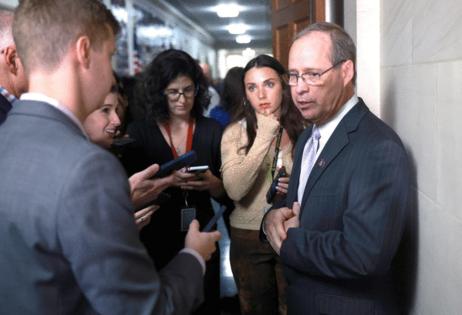

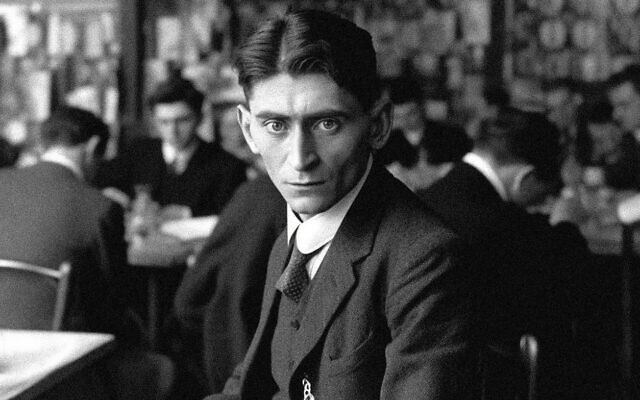
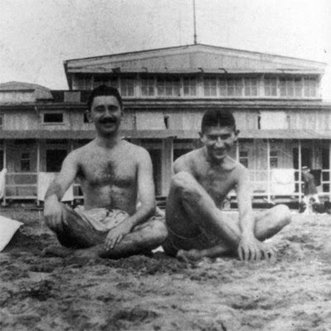
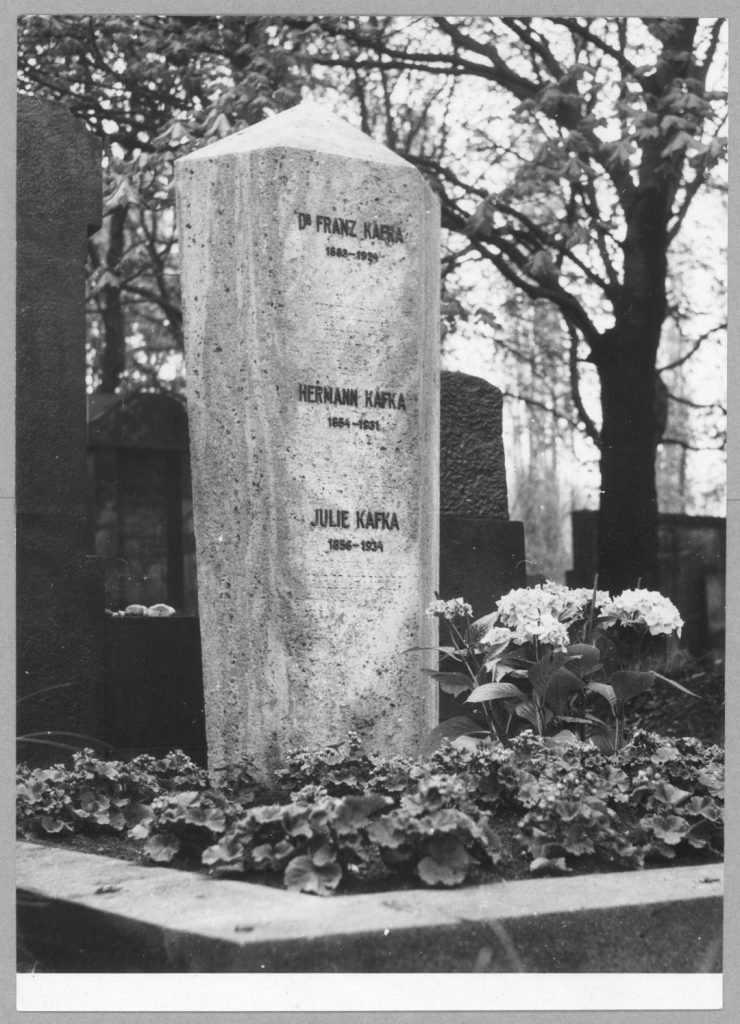 Kafka was brought up in Prague, the city of the Golem, and Jewish mysticism drew him in, “as did the Talmudic approach to any question, yet simultaneously he had a feeling, as a Jew, of somehow being an alien. In his life and in his writings many of his characters experience unease and awkwardness”, says Jack. “He was excited by Yiddish as a language. He wasn’t a campaigning Zionist, but he worked hard to learn Hebrew. And at the time that he was dying he talked seriously about moving to Palestine. His experiences as lawyer involved with workers’ compensation bolstered his unique insights into the worlds, the perspectives, the sufferings, and the agonies of many other people too.”
Kafka was brought up in Prague, the city of the Golem, and Jewish mysticism drew him in, “as did the Talmudic approach to any question, yet simultaneously he had a feeling, as a Jew, of somehow being an alien. In his life and in his writings many of his characters experience unease and awkwardness”, says Jack. “He was excited by Yiddish as a language. He wasn’t a campaigning Zionist, but he worked hard to learn Hebrew. And at the time that he was dying he talked seriously about moving to Palestine. His experiences as lawyer involved with workers’ compensation bolstered his unique insights into the worlds, the perspectives, the sufferings, and the agonies of many other people too.”